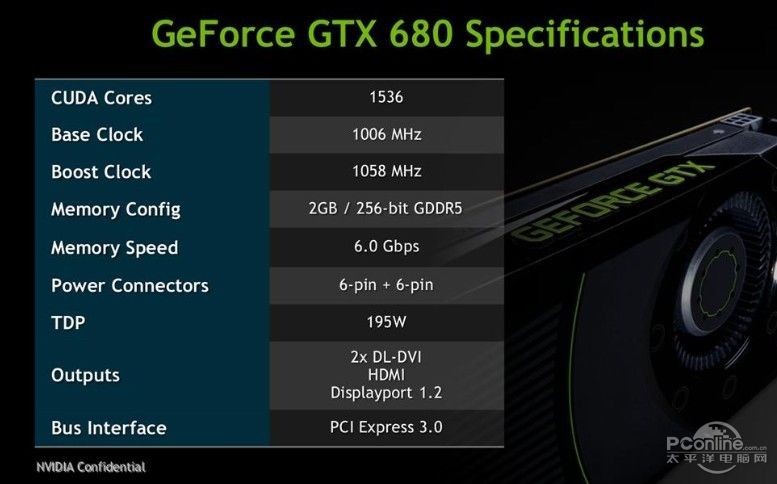If it's indeed 300mm2, then a die size difference of 16% sounds a lot less than a difference of 21%, doesn't it? Hint: you
accidentally used a number of 350 instead of 365.
Like fanboy Charlie who launched a price of $299?

(Dear Godwin, where were you when the word 'fanboy' was invented?)
All die size guesses are in the open: somebody posts a picture on the web. Others bring out photoshop and do whatever they think reasonable to come up with an estimate, which tend to vary wildly due to lack of calibration references or low resolution source image. Feel free to point out all inherent pro-Nvidia biases in that process if you like. I'd attribute it more to uncertainty.
And, BTW, you really don't need to rip out a die to measure it. A vernier caliper should get the job done just fine, give or take a few 100um to account for the glue around the die.
You never get tired of this slam dunk argument, do you?
Tahiti has a size of 365mm2. Cayman had a size of 384mm2. I don't quite see the upward trend here, but, hey, compliments to them!
Also I don't follow you: you're complementing AMD for making a larger chip that has the same performance? Where were you when Nvidia was in that position? Why don't you simply make the argument I made
earlier? There's no shame in having a bigger die if you can monetize that difference by opening up new markets. And it won't make you look like a tool.
What if they simply share the GPU performance leadership with a die that's more than 20% cheaper to produce, with a cheaper PCB with less RAM and less powerful power supply circuit? I think they'll like
that bottom line much more.



